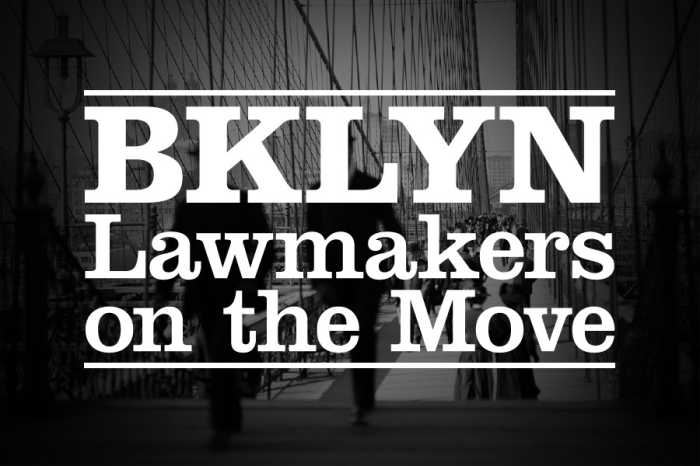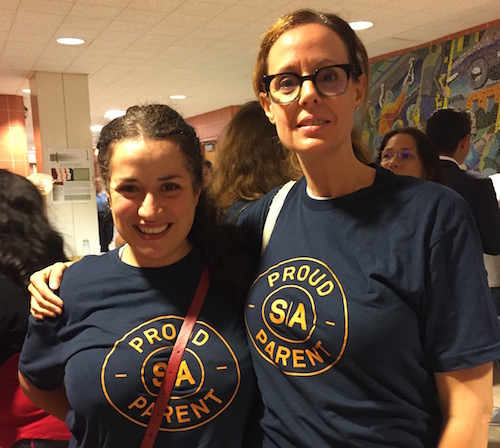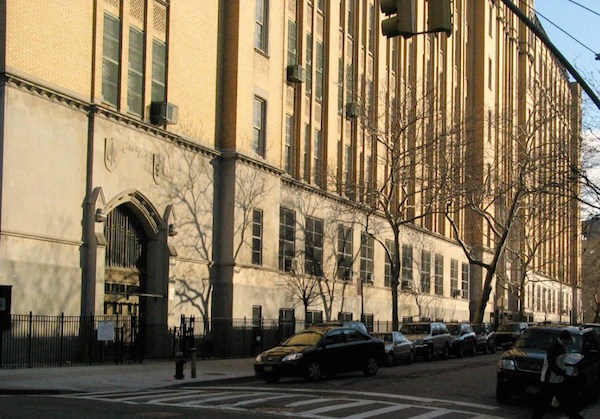Last week, Mayor Bill de Blasio announced changes to New York City’s middle and high school admissions protocol, receiving mixed reactions in response.
The changes, which were announced on Friday, and go into effect for this year’s round of admissions, will alter how about 20% of the city’s schools accept students.
The hope is to end the system’s implicit discrimination against Black and Latino students in the country’s largest school district where these students, as well as those from low-income households, are significantly underrepresented, the mayor said.
“I think these changes will improve justice and fairness, but they will also make the process simpler and fairer,” de Blasio said.
Middle schools will be seeing the greatest change, with the elimination of all admissions screening for at least one year. This means that admissions officers will not consider grades, attendance, or test scores, but rather draw each student from a general lottery. Zoning rules will also be eliminated over the next two years.
Yet de Blasio faced criticism from all sides, with some parents and education advocacy organizations arguing that the removal of admissions screenings is not enough to fully desegregate classrooms and that the integration of students via lottery will ultimately disadvantage their children. Some assert that this change could prompt families to pull their children from the public school system entirely.
“This is what quality flight looks like,” wrote the Chinese American Citizens Alliance of Greater New York (CACAGNY) in an emailed statement.
Getting rid of screens is not the answer, they said. Public school principals are facing hundreds of thousands of dollars worth of budget shortfalls, they argued. Meanwhile, parents are pulling students out of the city’s public schools for other options. Catholic schools are seeing admission waiting lists, they said, and suburban schools are adding as many as 50% more seats.
“Does it take a doctorate in education to understand that when the problem is that schools keep dumbing down rigorous education, removing screened school admissions is not the solution? It’s like your house is on fire and you shoot the dog,” they wrote. “NYC needs schools to deliver rigorous education, more of them and in more neighborhoods. The rest – screened admissions, geographic preferences – are just noise.”
They ended the email with a message to the administration.
“And if you don’t understand that families – of all races – desperately want to put their kids in schools that deliver rigorous education, just remind yourself where you, Mayor, and your Education Chancellor put your own kids in school when they were of school age,” they said.
These changes have been in the works since March when the pandemic forced schools to close before the year was over, city officials said. The state’s standardized exams were canceled, attendance records were omitted, and instead of receiving a letter grade, students received a mere pass or fail for each class.
Due to this dearth of information, de Blasio saw an opportunity to make the shift to a lottery-based admissions system.
“Removing those screens–even for one year–will help ensure that our system can provide all students with the maximum opportunity to succeed,” said Michael Mulgrew, president of The United Federation of Teachers.
Schools Chancellor Richard Carranza maintained that de Blasio’s decision is a crucial move towards integrating and diversifying competitive schools.
“Geographic screens have kept too many high school students out of the school of their choice,” he said in a press conference Friday.
Zoning regulations allowed schools to prioritize certain parts of the city in their admissions process, he said, often favoring students in more affluent neighborhoods. With the new regulations, he said he believes schools will see a diverse cross-section of students.
“This is an important step to open back up so that access and opportunity to your high school options aren’t limited,” he said.
The new rules will not affect the city’s specialized high schools, although Carranza admitted that they, too, need a lot of work in the way of diversity.










